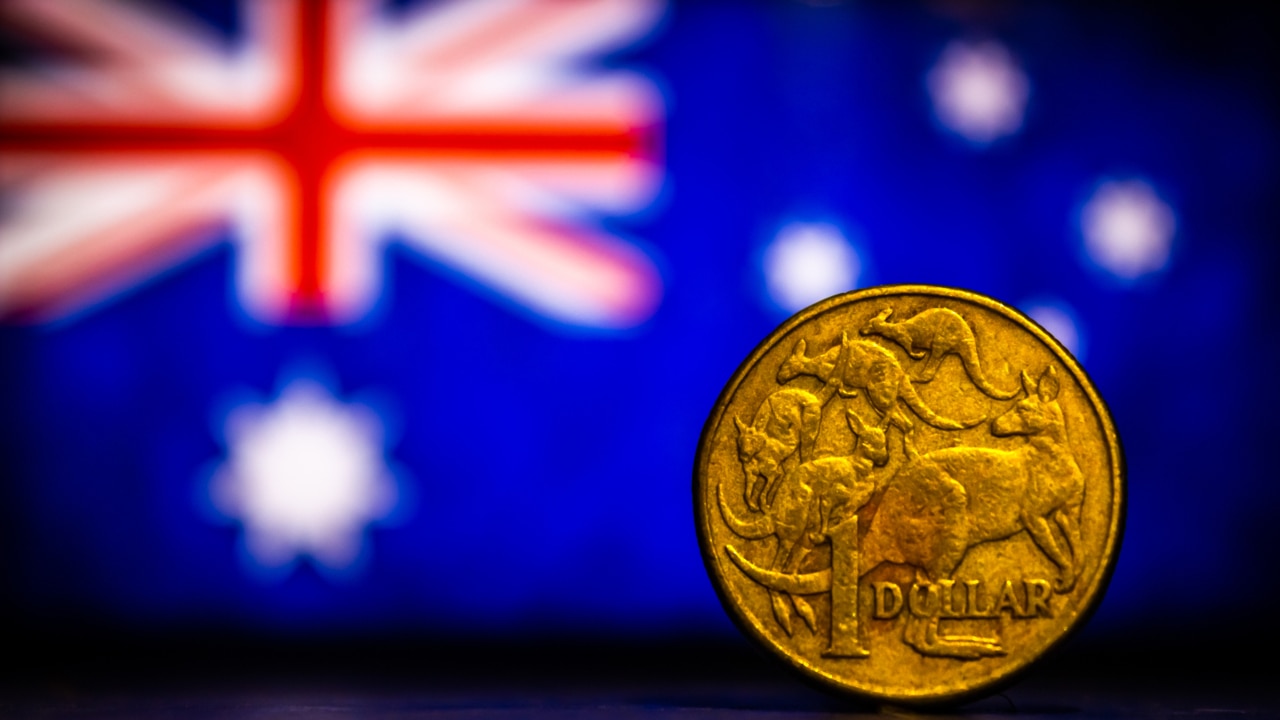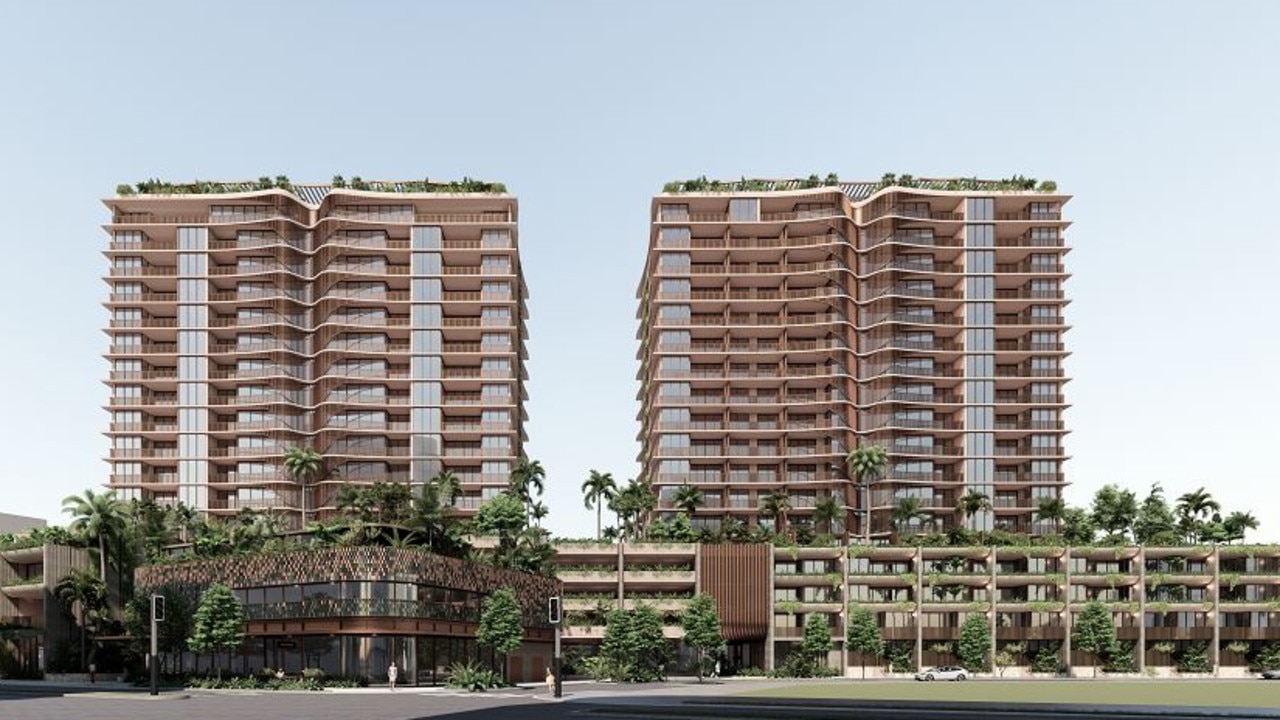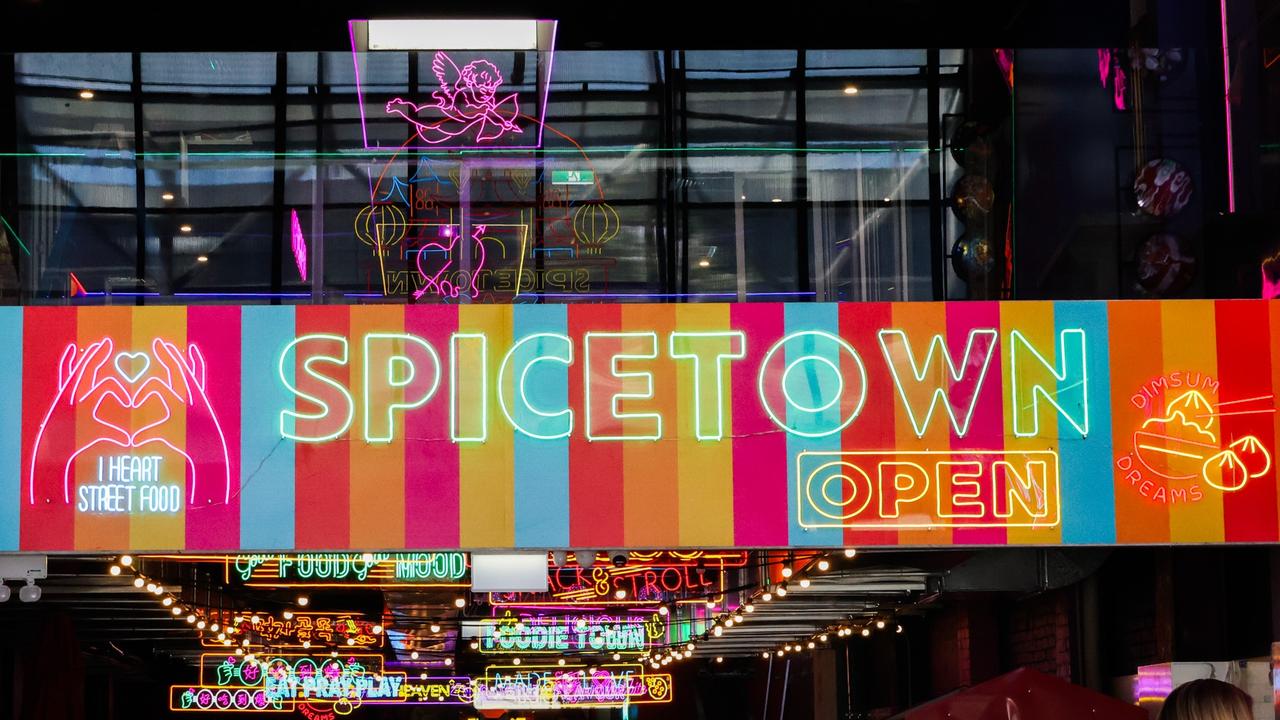December retail turnover falls 2.7 per cent, more than offsetting Black Friday bump
Shoppers are feeling the pinch from cost of living pressures, with retail turnover in December tumbling to its worst result since the depths of the pandemic in 2020.

Business
Don't miss out on the headlines from Business. Followed categories will be added to My News.
Australians cut spending at retailers in December by the most since the Covid-19 lockdowns in 2020 as cost of living pressures force many to adjust purchasing to around big sales events such as Black Friday.
Data from the Australian Bureau of Statistics showed that retail turnover fell 2.7 per cent in December, compared to a 1.7 per cent decline that markets had expected.
The poor result was driven by a pullback in spending on household goods and at departments, which tumbled by as much as 8 per cent after much of that purchasing was made the previous month during Black Friday.
December’s decline was the worst result since a 4.2 per cent drop in August 2020 when Melbourne was subjected to strict lockdowns that forced many industries to pause as a result of Covid-19. Economists noted that excluding the pandemic, it was the weakest month since the GST was introduced in 2000.
In a sign that households were feeling the pinch from the Reserve Bank’s record run of rate rises and soaring living expenses, the December result more than reversed a strong bump in November driven by shoppers shifting Christmas spending forward to take advantage of the Black Friday sales.
November growth was revised down from 2 per cent to 1.6 per cent, which the ABS said was a larger correction than usual, reflecting improvements in the data as the evolving seasonal pattern becomes clearer.
KPMG chief economist Brendan Rynne said that consumers are now moving their usual Christmas shopping behaviour to November to take advantage of the Black Friday sales amid the cost-of-living crisis.
“This adjustment in spending patterns is increasing year-on-year, and has been exacerbated in 2023 as financially-stretched households sought to get more bang-for-their-buck leading into Christmas. The fall over the month was caused by a decline in discretionary spending,” he said.
Total monthly turnover was $35.19bn seasonally adjusted in December, compared to $36.15bn in the previous month. Seasonally adjusted figures show that retail turnover was up 0.8 per cent in the 12 months to December, while trend figures showed that retail turnover increased 0.1 per cent month-on-month.

Turnover fell in all the non-food industries that had been boosted by Black Friday sales in November. Household goods retailing had the largest decline at 8.5 per cent, following the largest rise last month.
Department stores also recorded a sharp retreat in spending at 8.1 per cent, followed by a 5.7 per cent drop in clothing footwear and personal accessory retailing, and a 1.1 per cent fall in other retailing.
“Retailers told us that trading conditions were slow in early December following the success of Black Friday before picking up again in the lead up to Christmas and Boxing Day sales where discounting activity returned,” ABS head of retail statistics Ben Dorber said.
For food-related industries, turnover fell by 1.1 per cent in cafes, restaurants and takeaway food services, while food retailing was the only industry to rise, up 0.1 per cent, as households stocked up on Christmas products.
Moody’s Analytics economist Harry Murphy Cruise said changing spending patterns are making it difficult to glean how Aussie consumers are faring in the face of pinching inflation and elevated borrowing costs.
“Excluding the pandemic period, it was the largest drop since the goods and services tax was introduced in July 2000. Just like then, the nosedive in spending followed a surge the month prior,” he said.
Retail turnover fell across the country, with Western Australian and the ACT down by 3.8 per cent, followed by Victoria at 3.2 per cent. Tasmania had the smallest decrease at 0.3 per cent.
Markets expect that the RBA is all but finished with interest rate rises and that its next move will be to cut rates later in the year. Some economists say that there still remains a small chance of a rate rise next week if December quarter inflation data to be released on Wednesday surprises to the upside.
Mr Murphy Cruise said that retail sales growth had slowed to a crawl and would likely remain that way until the RBA moves to lower interest rates — widely expected to be later in 2024.
“Inflation — albeit improving rapidly — is still too high and is keeping borrowing costs elevated. While the next interest rate move is likely down, households will have to wait until the September quarter for that reprieve,” he said.
“Until then, households will stay under pressure to keep spending tight.”
In November, ARA chief executive Paul Zahra told The Australian that there was an increased chance that retailers who did not have a good Black Friday and Christmas period could be closed by February. On Tuesday, vacuums retailer Godfreys Group entered into administration as a result of cost of living pressures and the challenging economic environment hurting profitability.
Originally published as December retail turnover falls 2.7 per cent, more than offsetting Black Friday bump



